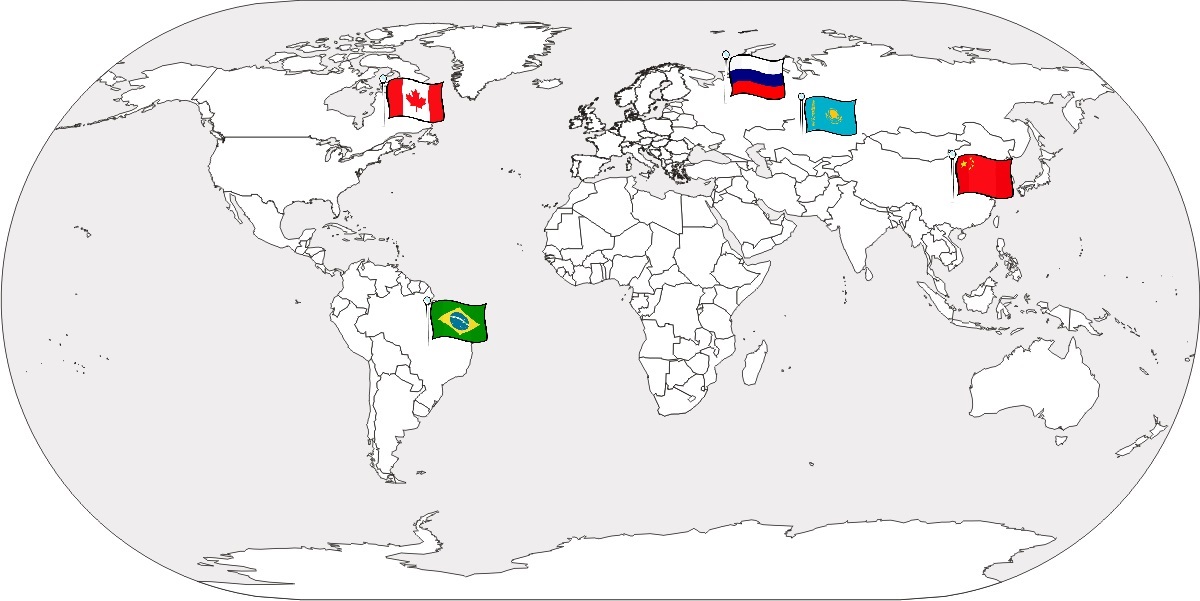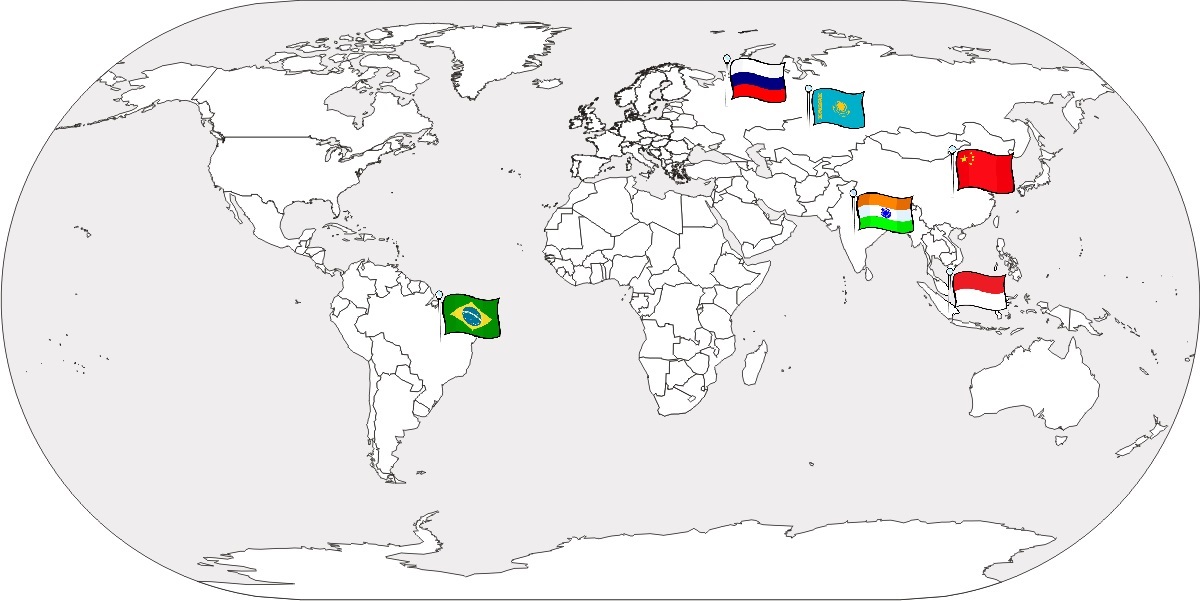Asbestos
- Asbestos Home
- Did You Know
- Enforcement
- Professionals
- Find a Contractor or Consultant
- Look up Individual Asbestos Licenses
- Asbestos Licensing
- Floor Tile Removal
- Homeowner Information
- Laboratories
- Products Containing Asbestos
- Schools
- Work Practices
- File a Complaint Related to Asbestos
- Minnesota Statutes and Rules
- Resources
- Contact us
Related Topics
Environmental Health Division
Asbestos
The Minnesota Department of Health (MDH) is currently working toward the implementation of a Minnesota Lead Renovation, Repair, and Paint (RRP) program. More information can be found at MDH’s RRP rulemaking.
What is asbestos?
Asbestos is the name for a group of minerals that occur naturally in the ground. Bundles of fibers make up asbestos minerals. Three types of asbestos were commonly used to manufacture products.
- Chrysotile, sometimes called white asbestos, is composed of wavy, flexible white fibers and comprises 90 to 95 percent of the asbestos used in the U.S.
- Amosite, sometimes called brown asbestos, is composed of straight, light gray or brown fibers.
- Crocidolite, sometimes called blue asbestos, is composed of straight blue fibers.
Anthophyllite, tremolite and actinolite are three other types of asbestos. They were not commonly used to manufacture products. However, tremolite contamination has been documented in vermiculite attic insulation, and caution should be used when dealing with this material.
Where does asbestos come from?

Asbestos is mined out of the ground from open pit mines. The mined rock is then taken to asbestos mills where the asbestos is separated from the rock. The raw asbestos is then sold to manufacturers where it has been used in over 3,000 products.
The top asbestos producing countries in 2011 were:
- Russia - 1,000,000 tons
- China - 440,000 tons
- Brazil - 306,000 tons
- Kazakhstan - 223,000 tons
- Canada - 50,000 tons
- Others - 19,000

The top asbestos consuming countries in 2011 were:
- China - 638,000 tons
- India - 322,000 tons
- Russia - 251,000 tons
- Brazil - 185,000 tons
- Kazakhstan - 155,000 tons
- Indonesia - 124,000 tons

Why was asbestos used?
Asbestos fibers have special characteristics. Heat or chemicals do not affect them and they do not conduct electricity. Asbestos is also very strong. Pound for pound, asbestos is stronger than steel. Asbestos fibers are also very flexible, allowing them to be woven into cloth-like materials. This versatility is why industry has mined and widely used asbestos to make many different products.
Why should I be concerned about asbestos?
In general, the more asbestos a person is exposed to, the greater the risk of developing an asbestos-related disease. Exposure to asbestos occurs through inhalation of airborne microscopic fibers. Airborne asbestos can be present during renovation and demolition of buildings and building products. Residential and nonresidential buildings can contain asbestos materials. Untrained individuals performing asbestos-related work can expose themselves, other individuals in the building, or their own families by having their clothing or skin contaminated with asbestos fibers.
Where can I learn more about asbestos in Minnesota?
MDH has a wide variety of information available to both homeowners and professionals on this website. Homeowners can learn about asbestos products in their homes and how to deal with them, or learn how to hire an asbestos contractor to remove them. Professionals can find licensing and certification requirements, as well as work practice guidance. All required forms are available electronically through this website.
Go to > top